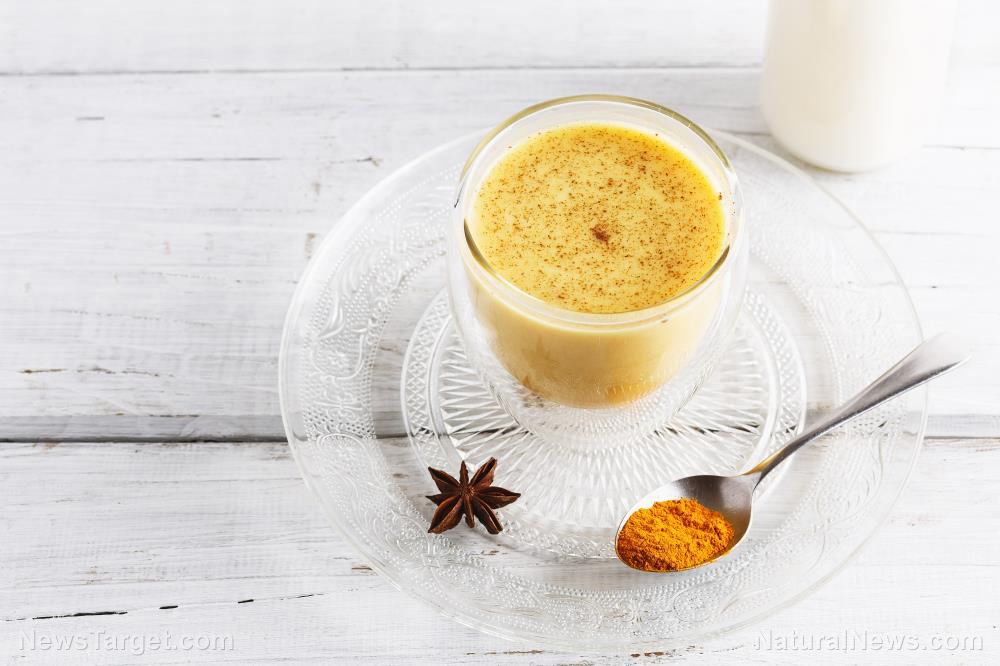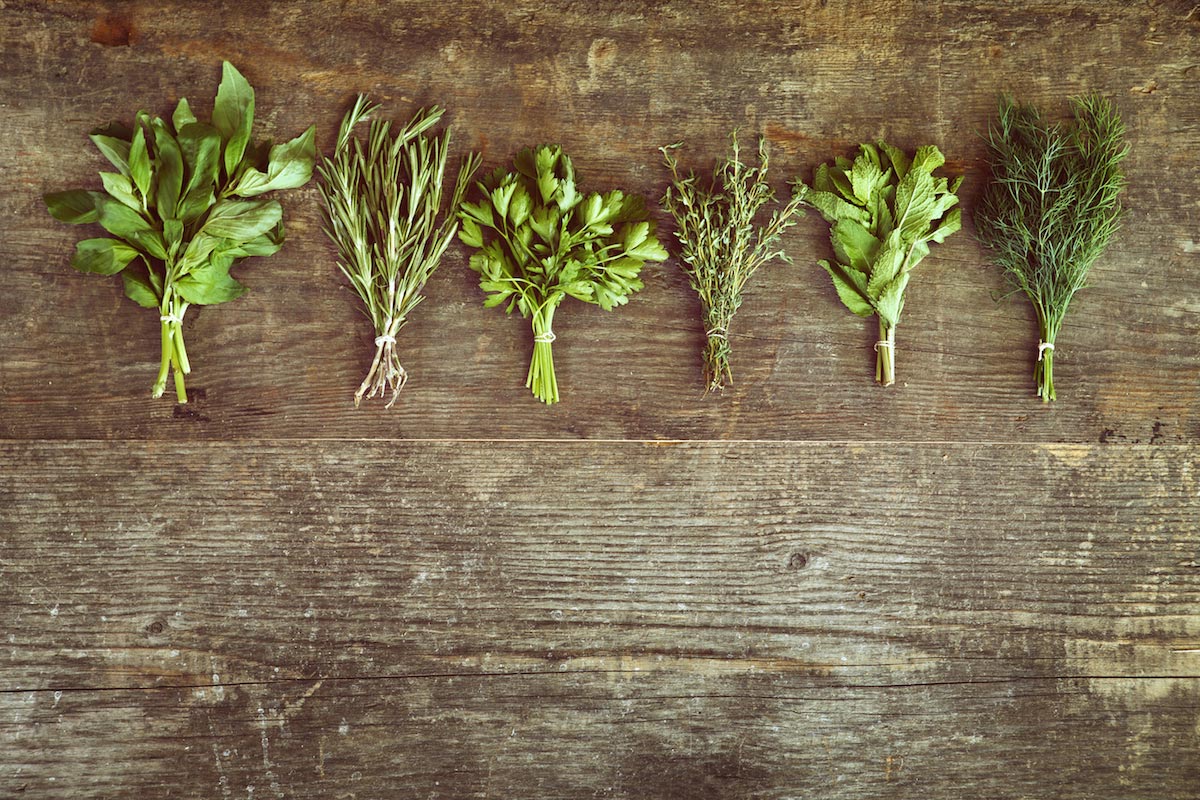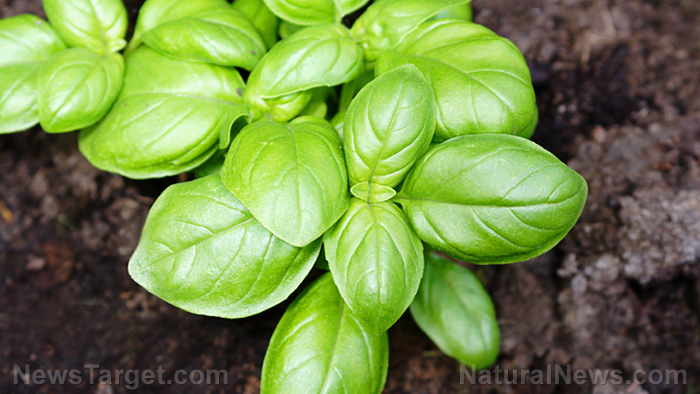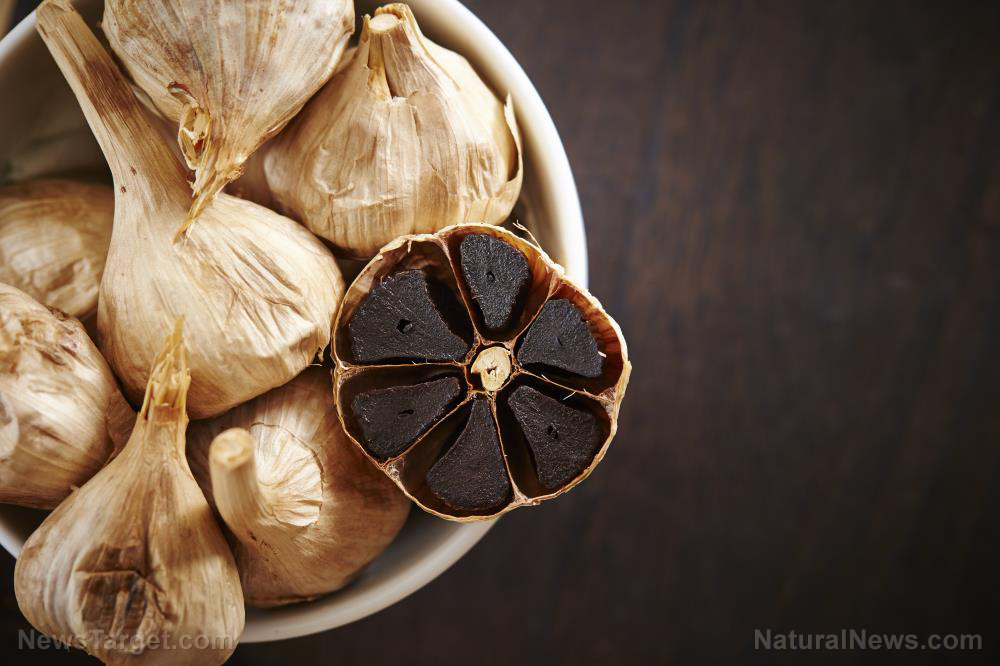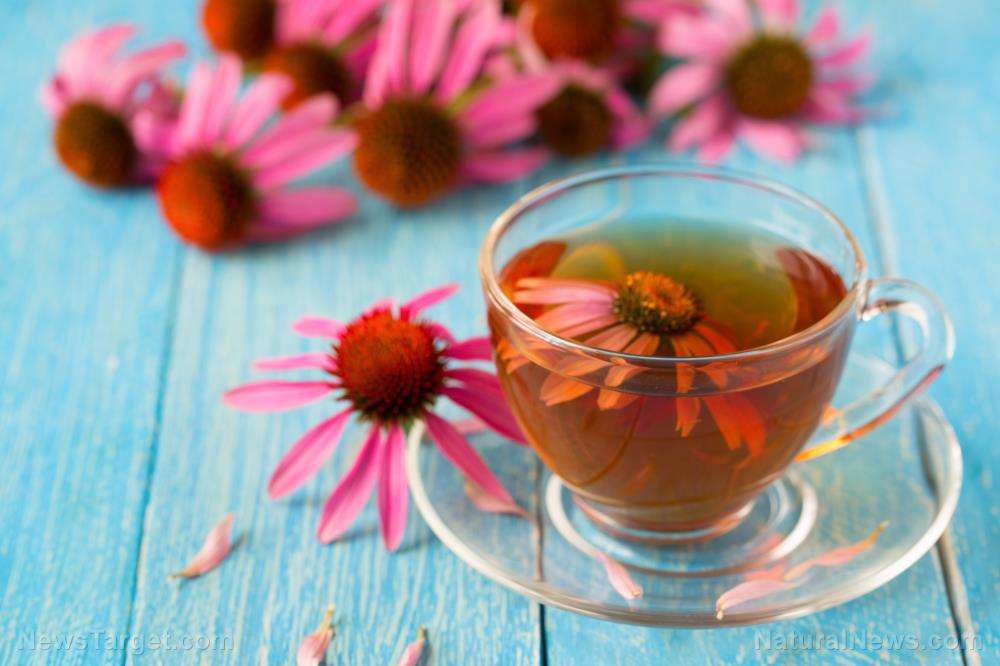Lower your blood pressure naturally by adding lemongrass to your diet
11/05/2021 / By Joanne Washburn

High blood pressure is a major risk factor for cardiometabolic conditions, such as heart disease and diabetes. Luckily, certain foods can help reduce blood pressure naturally. One such food is lemongrass.
Lemongrass (Cymbopogon citratus) is a tall, stalky plant that thrives in tropical regions. It has a fresh, lemony aroma and a citrus flavor, hence its name. Lemongrass is widely used in Asian cuisines.
Aside from being a versatile ingredient, lemongrass also has several medicinal properties. In folk medicine, it is used to control blood pressure and reduce cold symptoms when taken as a tea, which is one of the most popular ways to enjoy lemongrass. It’s also used to promote sleep, relieve pain and strengthen immunity.
Lemongrass for high blood pressure
Several studies have shown that lemongrass can lower blood pressure. One such study found that people who drank lemongrass tea every morning for two weeks had lower blood pressure than those who didn’t drink the tea. Another study showed that consuming lemongrass decreases systolic blood pressure.
Lemongrass’s blood pressure-lowering properties can be attributed to the antioxidants it contains, particularly quercetin. Quercetin is a flavonol that’s also present in apples, berries and onions. As an antioxidant, quercetin helps reduce inflammation. It is also known to reduce your heart disease risk.
Lemongrass is also a good source of potassium. This essential mineral works by relaxing your blood vessels for better circulation and lower blood pressure.
Additionally, the antioxidants in lemongrass help prevent bad cholesterol from building up along your arteries, which can otherwise raise your risk of heart disease and its complications. Lemongrass is also a good source of other essential nutrients, including vitamins A and C, zinc, magnesium, phosphorus, calcium and iron.
To use lemongrass to lower high blood pressure, steep dried or fresh lemongrass stalks in hot water for five minutes. Strain and add honey if desired. Aside from reducing blood pressure, drinking lemongrass tea can help detoxify your body of toxins and other waste products by making you urinate more frequently.
How to cook with lemongrass
Much of lemongrass’s citrusy flavor is concentrated in its lower, cane-like stalks. This is why grocery stores sell lemongrass with the leafy tops already trimmed, leaving just a few short, spiky blades still attached.
When buying lemongrass, look for ones with firm, pale-green stalks with fat, bulbous bottoms. If you find ones with the leafy tops still attached, get those with reasonably fresh-looking tops. They may be a bit dry but shouldn’t be desiccated or yellowed. Avoid stalks that are loose, brown or crusty as those are old.
There are two main ways to cook with lemongrass. If you’ll use it to infuse broths, soups and other liquids, trim off the spiky tops and bases. Crush the stalks with the side of a knife to release the plant’s aromatic oils, then cut the stalks into one or two-inch pieces. Remove any woody pieces before eating or cooking with the stalks.
If you’ll add lemongrass to marinades, stir-fries and salads, cut off the top and base of the stalks. You’ll want to use just the bottom four inches or so. Peel off any tough outer layers before chopping the stalks. Even after peeling, lemongrass remains fibrous. You’ll want to chop it very finely so that it isn’t as tough to chew.
Lemongrass holds up well to long cooking and gains intensity the longer it is cooked. If you’d like a stronger lemony flavor, add minced lemongrass at the start of cooking, browning it along with other aromatic ingredients. If you want a lighter lemongrass flavor, add it towards the end of cooking.
Take note that you can use any lemongrass scraps you didn’t use to cook with to make an herbal tea. Just steep the scraps in boiling water for five minutes and strain before drinking.
To store lemongrass, wrap it in plastic wrap and refrigerate for two weeks or freeze for up to six months.
Lemongrass is a versatile ingredient used in Asian cuisines. It has been linked to numerous health benefits, the most notable one of which is better blood pressure control. Try the cooking tips above if you want to add lemongrass to your daily routine.
Sources:
Tagged Under: antioxidants, blood pressure, food cures, food is medicine, functional food, heart disease, heart health, high blood pressure, lemongrass, natural cures, natural medicine, prevention
RECENT NEWS & ARTICLES
Herbs.News is a fact-based public education website published by Herbs News Features, LLC.
All content copyright © 2018 by Herbs News Features, LLC.
Contact Us with Tips or Corrections
All trademarks, registered trademarks and servicemarks mentioned on this site are the property of their respective owners.





